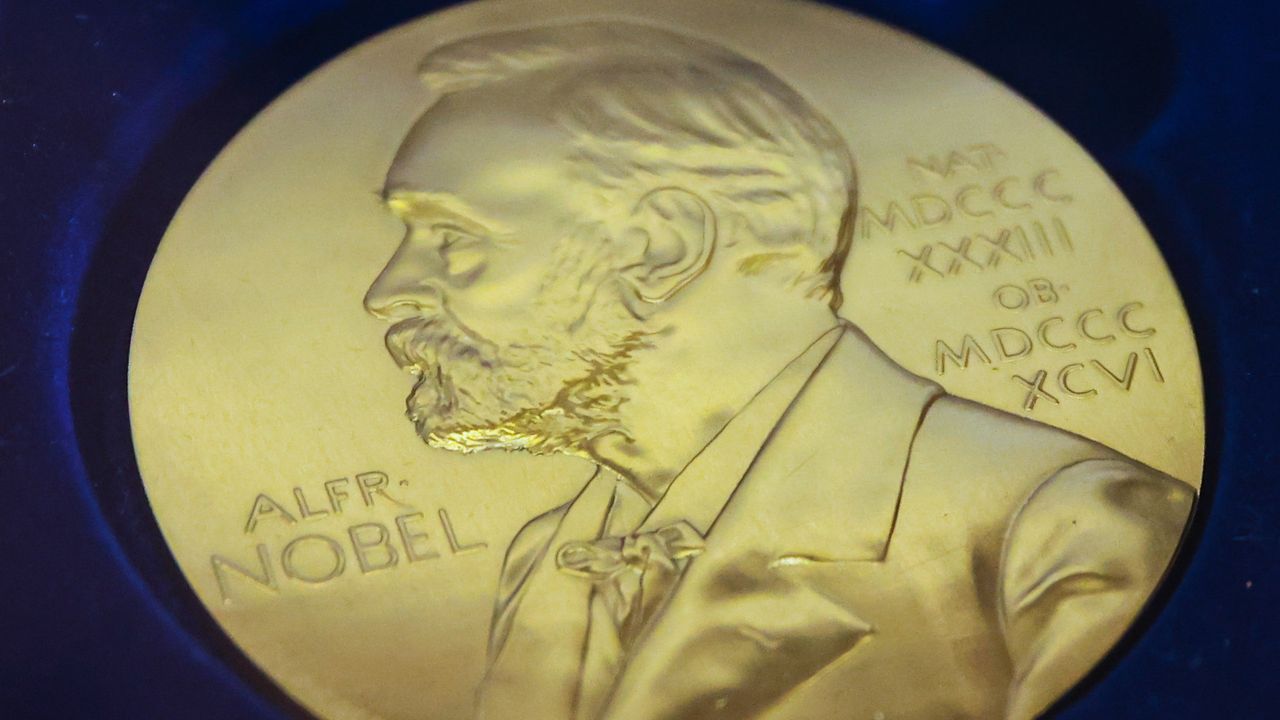The 2025 Nobel Prize in Chemistry has been awarded to three scientists: Susumu Kitagawa, Richard Robson, and Omar M. Yaghi. They received this prestigious honor for their pioneering work in the development of metal-organic frameworks, which have significant implications for material science and gas storage.
The announcement was made by the Royal Swedish Academy of Sciences during a ceremony held in Stockholm, Sweden, on October 8, 2025. These frameworks are innovative materials that can store large quantities of gas in compact volumes, a concept likened to the magical properties of Hermione Granger’s handbag from the renowned “Harry Potter” series. This creative comparison illustrates the extraordinary potential of these materials to revolutionize gas storage technologies.
This year’s award marks the 117th Nobel Prize in Chemistry, accompanied by a cash prize of 11 million Swedish kronor, equivalent to approximately $1.2 million. The recognition highlights the transformative nature of their research, which could lead to advancements in various fields, including energy storage and environmental sustainability.
In their work, Kitagawa, Robson, and Yaghi explored the structural design of metal-organic frameworks, which consist of metal ions interconnected by organic molecules. These frameworks can be engineered to capture gases such as carbon dioxide, methane, and hydrogen, making them vital for addressing challenges related to climate change and energy consumption.
The Nobel Prize in Chemistry is awarded annually to individuals who have made significant contributions to the field. This year’s recipients have demonstrated remarkable innovation, and their findings are expected to inspire further research and development in materials science.
As the scientific community celebrates this achievement, it is a reminder of the ongoing importance of research and innovation in addressing global challenges. The advancements in material science not only showcase human ingenuity but also pave the way for practical applications that can benefit society at large.
Further information and insights into their work will continue to unfold as the scientific community and the public engage with the implications of their groundbreaking research.
